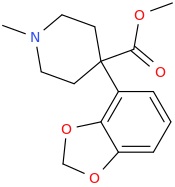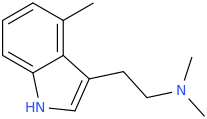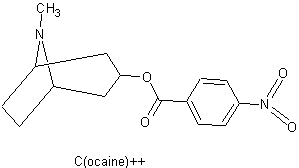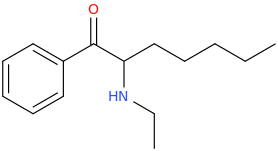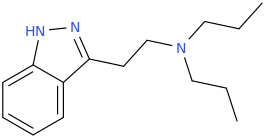sekio
Bluelight Crew
- Joined
- Sep 14, 2009
- Messages
- 21,994
Drug-induced acute psychosis in an adolescent first-time user of 4-HO-MET
Jakob Taljemark, Bjorn Axel Johansson
Eur Child Adolesc Psychiatry (2012) 21:527–528 DOI 10.1007/s00787-012-0282-9
So, uh, respect the mushroom. Or you'll be found wandering along a highway clad only in your skivvies, then throw yourself off a hospital roof.
Also, 100mg of psilocin or its analogs is too much.
Jakob Taljemark, Bjorn Axel Johansson
Eur Child Adolesc Psychiatry (2012) 21:527–528 DOI 10.1007/s00787-012-0282-9
4-HO-MET (4-hydroxy-N-methyl-ethyltryptamine), also known as metocin, is a synthetic hallucinogenic psychedelic drug. It resembles psilocin, the hallucinogenic component found in ‘‘magic mushrooms’’ [1]. In many countries including Sweden [2], 4-HO-MET has not yet been classified as an illicit substance, and can be ordered on the internet as a so-called ‘‘legal high’’. We describe a case where an adolescent presenting with apathy and mutism was later diagnosed with a drug-induced acute psychosis after inhalation of 4-HO-MET. ‘‘B’’, a 17-year-old boy living with his parents, was vadmitted to the acute medical department after being found by police, wandering along a motorway in his underwear. He expressed to the policemen that ‘‘I will not talk to anyone’’ and then remained mute and apathetic. [...] On admission, blood tests and a CT head scan were conducted, showing no significant abnormalities. A bedside urinary toxicology screen was positive for THC and cocaine, but no further analysis was done. ‘‘B’’ received supportive care. On the evening of admission, after being apathetic all day, he suddenly took his own discharge. He was soon found outside the hospital, having jumped 3–4 m from a roof. [...] On the day of discharge, 11 days after hospital admission, a mental state examination indicated no ongoing psychiatric illness, and ‘‘B’’ disclosed the entirety of his story. He had received 4-HO-MET powder from a friend who had ordered the drug over the internet. ‘‘B’’ inhaled approximately 100 mg of 4-HO-MET on the evening before admission. He soon started seeing doors in the bookcase in front of him. In panic he left the apartment. He walked the streets that he experienced as under a metre of water and filled with snakes. He felt distressed, lonely and persecuted. He sensed insects under his skin and his heart jumping out of the chest. ‘‘B’’ remembered being admitted to hospital and inside his head he heard his father’s voice repeating ‘‘you have never dared to dive’’. He therefore escaped from the ward, climbed onto a roof and ‘‘dived’’ to prove his father wrong.
So, uh, respect the mushroom. Or you'll be found wandering along a highway clad only in your skivvies, then throw yourself off a hospital roof.
Also, 100mg of psilocin or its analogs is too much.




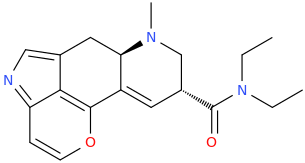
![N-(4-methoxyindol-3-yl)-N-[1-(2-phenylethyl)piperidine-4-yl]propanamide.png](/community/proxy.php?image=https%3A%2F%2Fopsin.ch.cam.ac.uk%2Fopsin%2FN-%284-methoxyindol-3-yl%29-N-%5B1-%282-phenylethyl%29piperidine-4-yl%5Dpropanamide.png&hash=ba8d96cde67380a1b6e40af83d184717)




